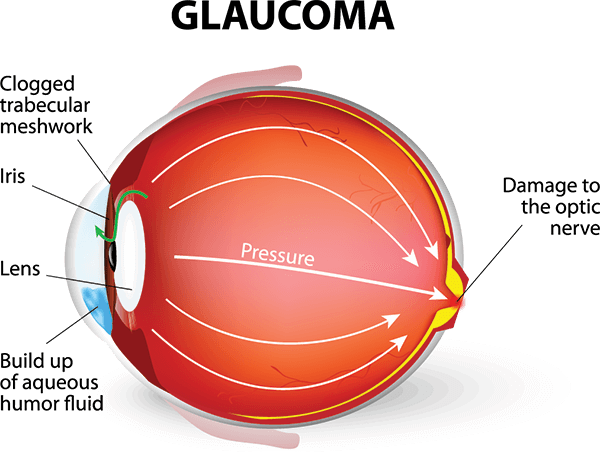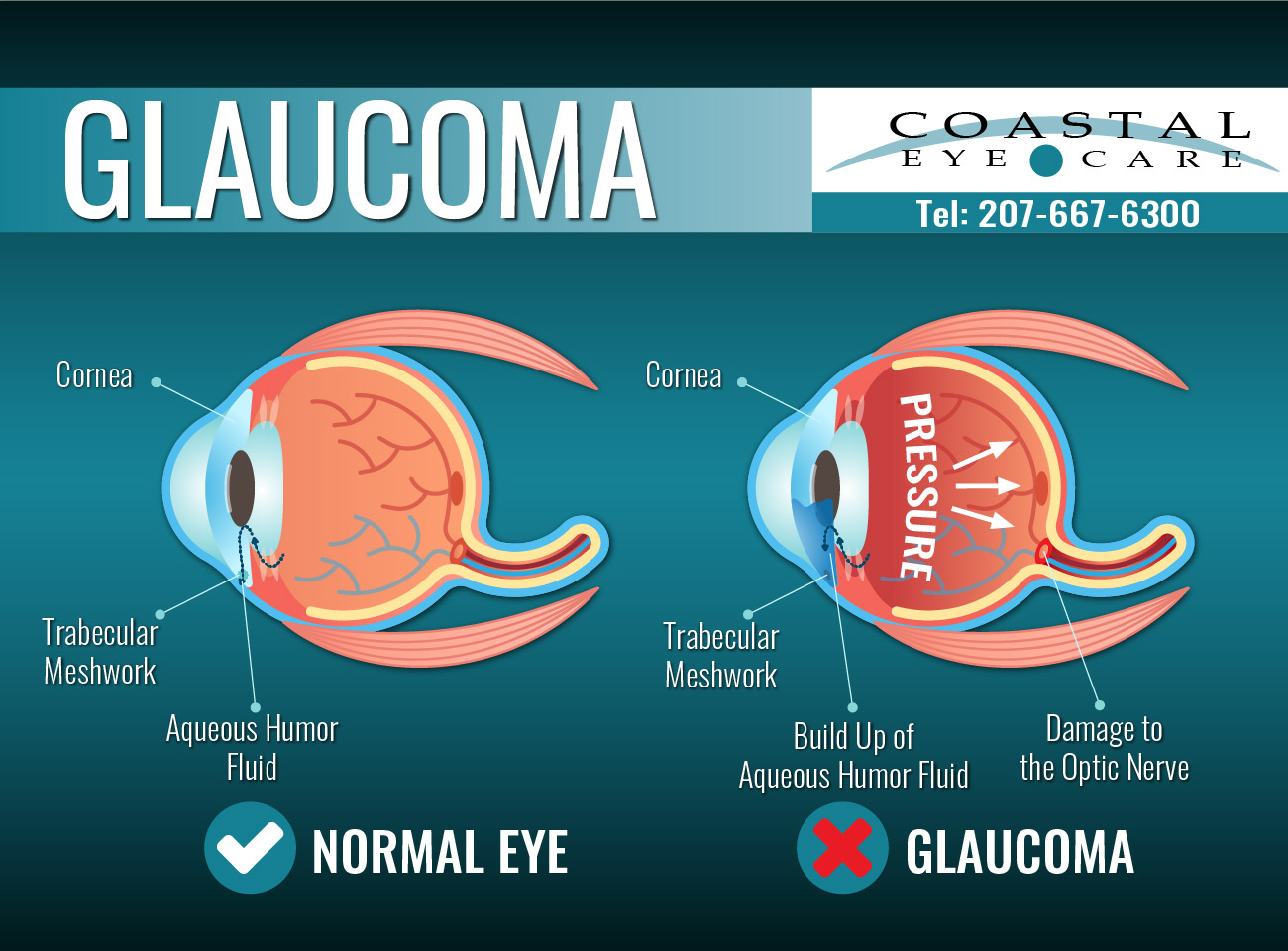Top Quality Retina Service Near Me: Specialized Look After Retinal Conditions
Top Quality Retina Service Near Me: Specialized Look After Retinal Conditions
Blog Article
Comprehending the Various Vision Adjustment Procedures Available for Clearer View
In the world of vision modification treatments, a wide variety of alternatives exist to deal with refractive errors and offer people with more clear sight. From the extensively identified LASIK surgery to less invasive procedures like PRK and implantable lenses, the field of ophthalmology uses a range of strategies customized to fit various needs and preferences. Each procedure features its own set of factors to consider, benefits, and potential dangers. Recognizing the subtleties of these vision adjustment techniques is essential for making notified choices concerning one's aesthetic wellness. Let's discover the complexities of these procedures and lost light on the path to achieving improved vision quality.
LASIK Surgical Procedure
LASIK surgical procedure is a common refractive treatment made use of to correct vision issues such as astigmatism, farsightedness, and nearsightedness. This surgical strategy, which stands for Laser-Assisted in Situ Keratomileusis, aims to improve the cornea to improve how light is focused on the retina, eventually boosting vision clearness.
One of the main advantages of LASIK surgery is the quick enhancement in vision experienced by patients. Numerous people observe a substantial improvement in their eyesight quickly after the treatment. In addition, the majority of individuals report marginal discomfort and discomfort throughout the surgery and healing period. The recuperation time for LASIK is reasonably fast, with many people going back to their everyday tasks within a day or 2 post-operation. Overall, LASIK surgical procedure is a popular option for individuals looking for a lasting solution for their vision problems.
PRK Treatment
While likewise a typical refractive treatment, the PRK (Photorefractive Keratectomy) strategy differs from LASIK surgical treatment in its strategy to remedying vision troubles. In PRK, rather than creating a flap on the cornea, the outer layer of the cornea, called the epithelium, is totally eliminated. This permits the laser to improve the cornea to correct refractive errors such as astigmatism, nearsightedness, and farsightedness directly on the surface area.

Regardless of the longer healing time, PRK can yield outstanding lead to vision enhancement, making it a useful option for those who may not appropriate prospects for LASIK surgery.
Implantable Lenses
In comparison to PRK where the cornea is improved directly, implantable lenses use an additional method for remedying vision by inserting fabricated lenses inside the eye. This treatment is specifically valuable for individuals with high degrees of nearsightedness, farsightedness, or astigmatism that may not be suitable prospects for laser surgical treatments like LASIK or PRK.
Implantable lenses, likewise recognized as phakic intraocular lenses, job by supplementing the eye's all-natural lens with an artificial one. retina service near me. These lenses can be placed in front of the all-natural lens (anterior chamber) or behind the iris and in front of the natural lens (posterior chamber) By readjusting the power and positioning of these lenses, ophthalmologists can efficiently fix refractive errors and enhance visual skill
One benefit of implantable lenses is that they are detachable and exchangeable, supplying flexibility for future adjustments. As with any type of surgical treatment, there are threats included, such as infection or cataract development. Individuals considering implantable lenses should talk to an eye treatment specialist to figure out the most appropriate choice based on their private needs and eye health.
Corneal Rings
Corneal rings, likewise called intracorneal ring segments, are tiny, transparent devices put right into the cornea to deal with vision distortions such as keratoconus. Keratoconus is a problem where the cornea thins and protrudes outward, creating vision to come to be distorted. The insertion of corneal rings assists to flatten the cornea, improving reference visual skill and decreasing the irregular astigmatism brought on by keratoconus.
The treatment for putting corneal rings is fairly quick and minimally intrusive, commonly executed as an outpatient treatment. During the surgical procedure, the ophthalmologist makes a small cut in the cornea and inserts the rings at a specific depth. Once in position, the rings help to improve the cornea, giving a smoother surface area for light to get in the eye, which can cause clearer vision.
Corneal rings are considered a relatively easy to fix procedure, as they can be gotten rid of or replaced if essential. glaucoma service near me. While they might not entirely remove the need for glasses or contact lenses, corneal rings can significantly improve vision quality and total aesthetic comfort for individuals with keratoconus or other corneal irregularities
Refractive Lens Exchange
Following the adjustment of corneal abnormalities with procedures like corneal rings, an additional vision improvement technique that can deal with refractive errors is Refractive Lens Exchange (RLE) RLE is an operation that involves replacing the eye's natural lens with a man-made intraocular lens (IOL) to fix refractive errors such as presbyopia, farsightedness, and nearsightedness. This procedure is particularly useful for individuals who may not be suitable prospects for procedures like LASIK or PRK due to factors such as thin corneas or high refractive mistakes.

Final Thought
In verdict, there are various vision modification procedures available to help individuals attain clearer view. LASIK surgical procedure, PRK treatment, implantable lenses, corneal rings, and refractive lens exchange are all options that can attend to various vision issues.
In the world of vision improvement procedures, a plethora of choices exist to address refractive mistakes and offer individuals with clearer view.LASIK surgery is an usual refractive treatment utilized to remedy vision problems such as nearsightedness, astigmatism, and farsightedness.While also a typical refractive procedure, the PRK (Photorefractive Keratectomy) technique differs from LASIK surgical treatment in its technique to dealing with vision troubles.Complying with the adjustment of corneal abnormalities with procedures like corneal rings, one more vision modification technique that can deal with refractive errors is Refractive anonymous Lens Exchange (RLE) LASIK surgical treatment, PRK treatment, implantable lenses, corneal rings, and refractive lens exchange are all choices that can address different vision concerns.
Report this page